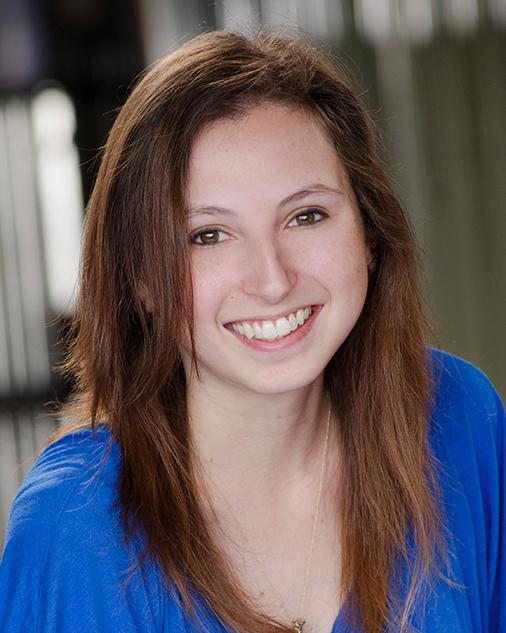
At an event this week remembering the 88 people who have died on Denver’s streets since January 2018, Mayor Michael Hancock said enough isn’t being done to reduce traffic deaths in the city.
It’s been two years since he launched the city’s Vision Zero action plan with a major goal: zero traffic fatalities and serious injuries by 2030.
But today, Denver is currently on track to see more people die on the streets this year than last.
Jill Locantore with the Denver Streets Partnership said the city needs to drastically pick up the pace if the 2030 goal is going to be met. Earlier this year, DSP released a report card assessing the city’s progress on Vision Zero. The overall grade — “C.”
“It’s really been a mixed bag,” Locantore said. “In some areas the city has made great progress, and in other areas, not so much.”
For example, she pointed to the city’s success last year with building 19 miles of bike lanes out of a promised 20. But it fell short with its sidewalk goal — only six out of 14 miles were built in 2018.
“Currently 10 percent of Denver’s city streets are missing sidewalks all together, and another 30 percent of streets have sidewalks that are too narrow,” she said. “At the current pace that the city is building out the sidewalks, it will literally take hundreds of years before every neighborhood has safe sidewalks.”
Certain corridors in Denver need to be completely redesigned, Locantore said. One especially problematic intersection is Federal Boulevard and Howard Place in West Colfax. Eight lanes of traffic intersect with multiple bus stops and the Federal-Decatur light rail station.
“For people crossing, it’s dangerous because they don’t realize how fast the cars are going,” Denver resident Dave Oliver said while waiting at a bus stop at the intersection.
The crosswalk, which spans across all eight lanes, is unusually long. Oliver said it takes him 30 seconds to get from one side to the other, while the timer only gives walkers 25 seconds.
Oliver wasn’t alone in his frustrations. Another resident, Serena Robinson, was standing nearby on the stairs to the light rail.
“I feel kind of unsafe when I’m crossing,” she said. “Worried about people running the lights or something like that. Other than that, you just have to make sure you pay attention to get across the street fast, and you gotta look every time you cross because they’ll run the light sometimes.”
Locantore said the central problem with Federal Boulevard is that it’s designed like a highway. She suggested a redesign that would allocate more space for people and less space for cars.
“If we can repurpose some of those lanes to shorten the crossing distance for pedestrians, that will reinforce slower speeds and make it safer for everybody traveling on that street,” she said.
The city has potential to pick up the pace on Vision Zero. Locantore said more staff and more funding were provided to the program this year. She also thinks Mayor Hancock’s remarks earlier this week could mean more action in the future.
“It makes me hopeful that if he is re-elected as mayor, that he will be doubling down on the city’s efforts,” Locantore said.
Hancock is facing a runoff election against Jamie Giellis on June 4.









